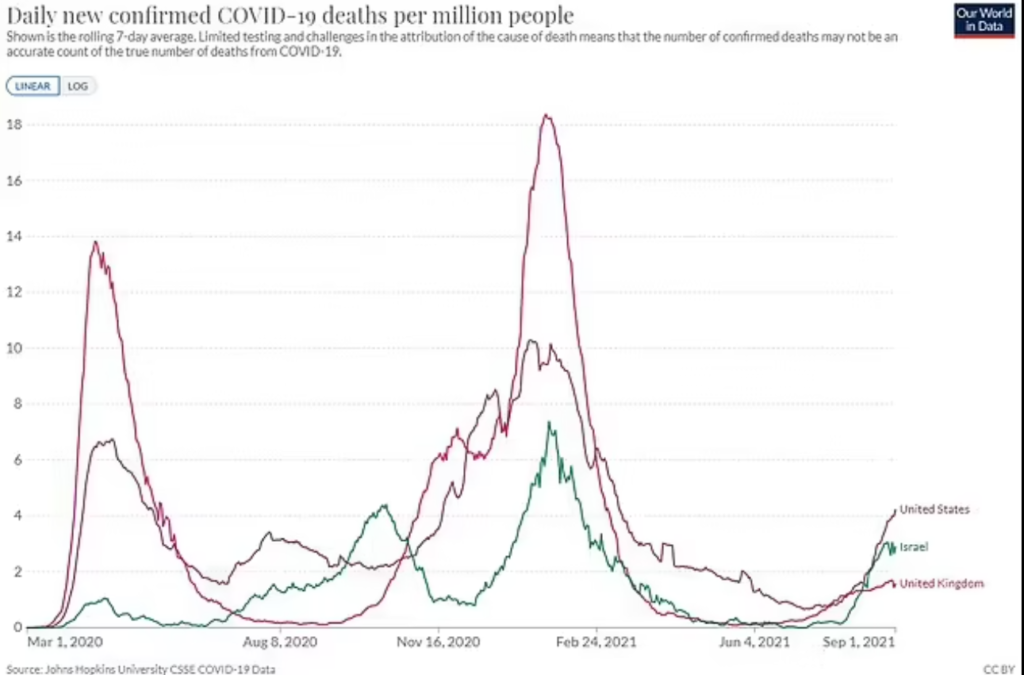Excerpt:
In the 1990s, Illinois property tax bills were around the national average. But in the two decades from 1999 to 2019, we’ve seen a massive 65% increase in residential property taxes, adjusted for inflation. That increase is what drove Illinois to have one of the highest tax burdens in the nation.
The source of Patricia’s – and her fellow Illinoisans’ – property tax pains? Public employee pensions.
More than 70% of Patricia’s property tax bill goes to the school district. While school districts account for a significant portion of property tax bills in localities across the United States, school district budgets across Chicago and Illinois are getting devoured by underwater pension systems.
While the state is responsible for paying employer pension costs for teachers outside of Chicago, rising pension obligations mean more state dollars are spent on pensions, leaving more classroom costs for school districts to fund through property taxes.
Author(s): Amy Korte
Publication Date: 5 September 2021
Publication Site: Riverbender





